Microscopic worlds
Photography through the microscope
Photography through the microscope
Most of living creatures on Earth are invisible to our eyes; using microscopes with sophisticated lightning and contrasting techniques I am bringing the amazing microscopic worlds before your eyes.
Visit my site and my blog to learn more about the photography.
If you are curious how these animals look like in motion check out my video on vimeo.
Notice that the majority of pictures are z-stacks rather than single shots.
Visit my site and my blog to learn more about the photography.
If you are curious how these animals look like in motion check out my video on vimeo.
Notice that the majority of pictures are z-stacks rather than single shots.
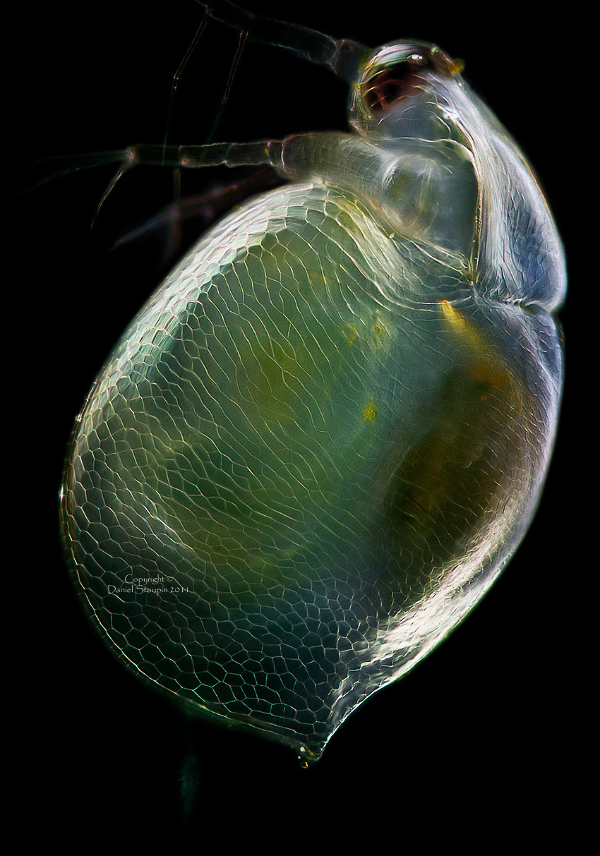
A water flea (Ceriodaphnia) in polarized light. The size of the crustacean is about 0.5 mm.
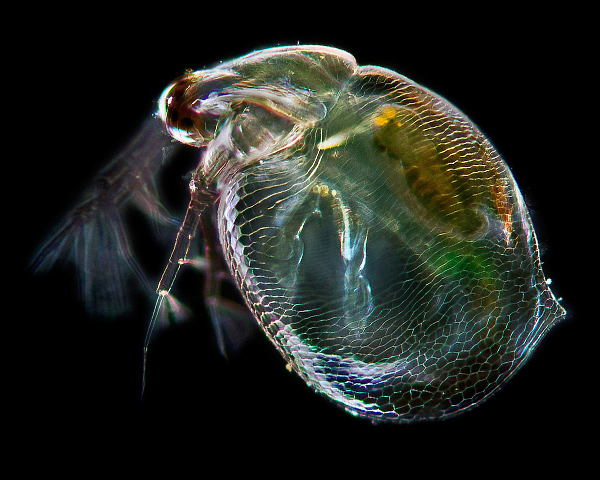
A ceriodaphnia with internal parts visible.
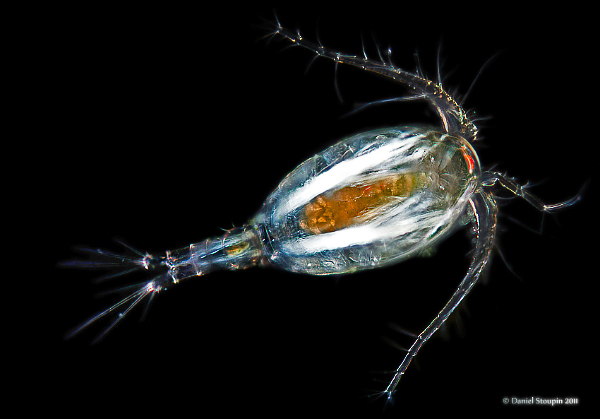
C freshwater copepod in polarized light. Notice that bright white bands are muscles and fibrillar structures, polarized light microscopy illuminates fibrillar structures this way. The size of the animal is roughly 1mm.
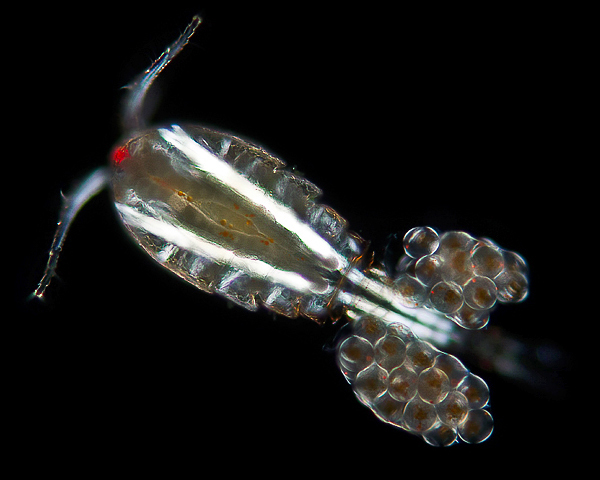
Cyclops, a freshwater copepod visible in polarized light. Size of the crustacean is about 0.5 mm.
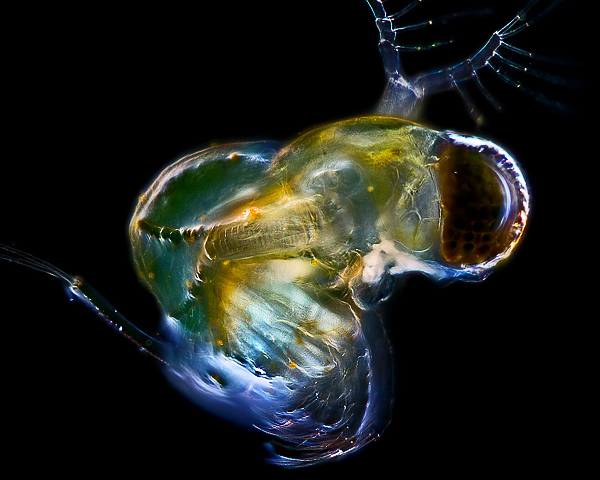
Polyphemus pediculus, a freshwater predatory water flea. The size of crustacean is about 0.5 mm.
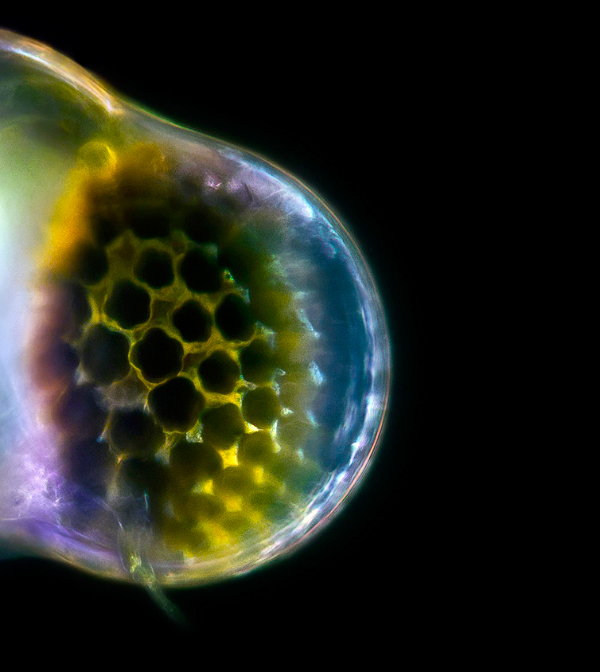
The eye of a water flea (Polyphemus pediculus).
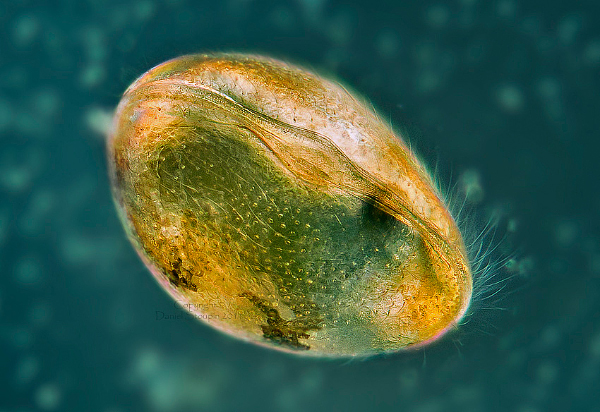
An ostracod, freshwater crustacean whose body is encased in a shell. The size of the animal is about 0.6 mm.
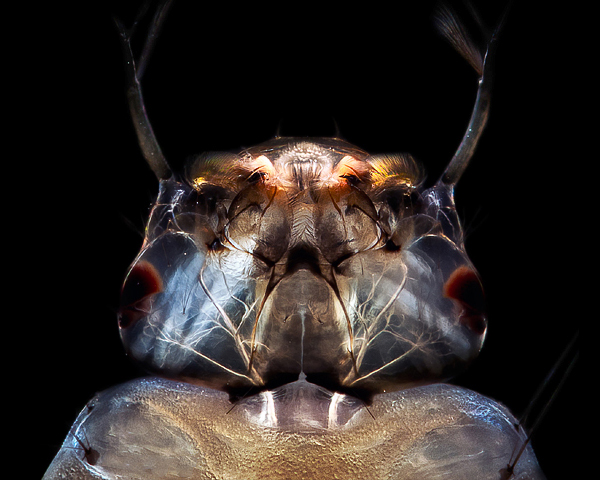
Head of a mosquito larva (Culex sp.) in polarized light. The bright white bands in the head are muscles that move the mouth parts.
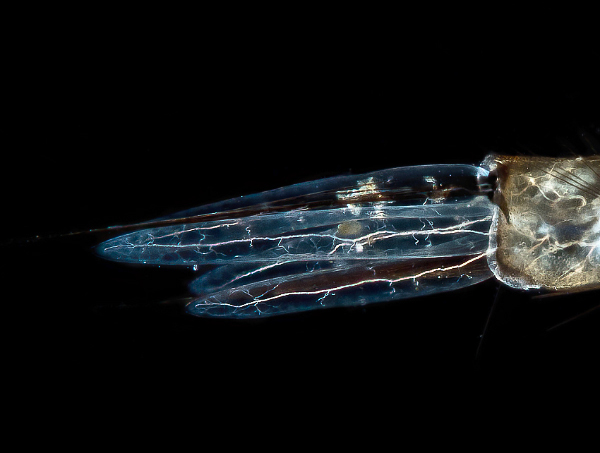
Gills of a mosquito larva (Culex sp.)
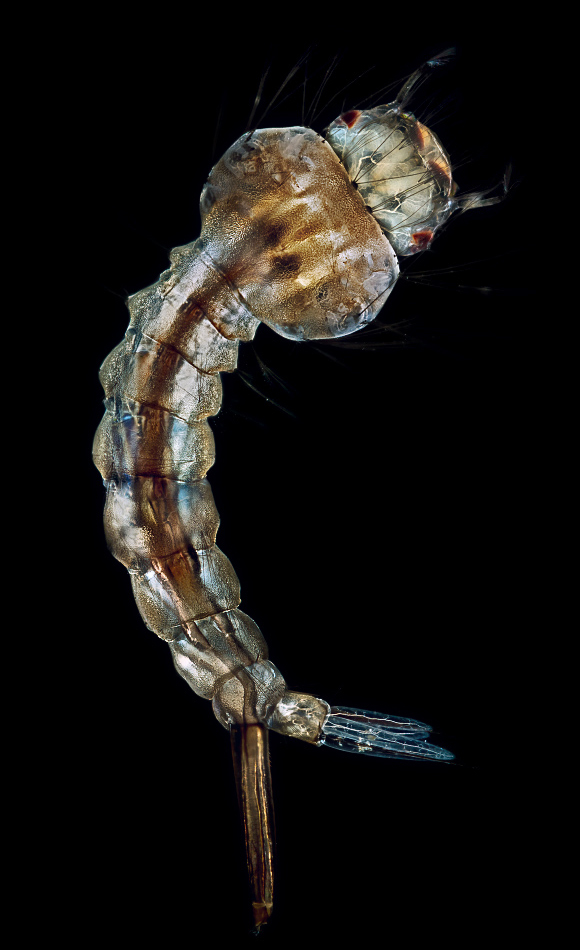
A whole mosquito larva (Culex sp.) visible in polarized light. The size of the insect is about 1 cm.
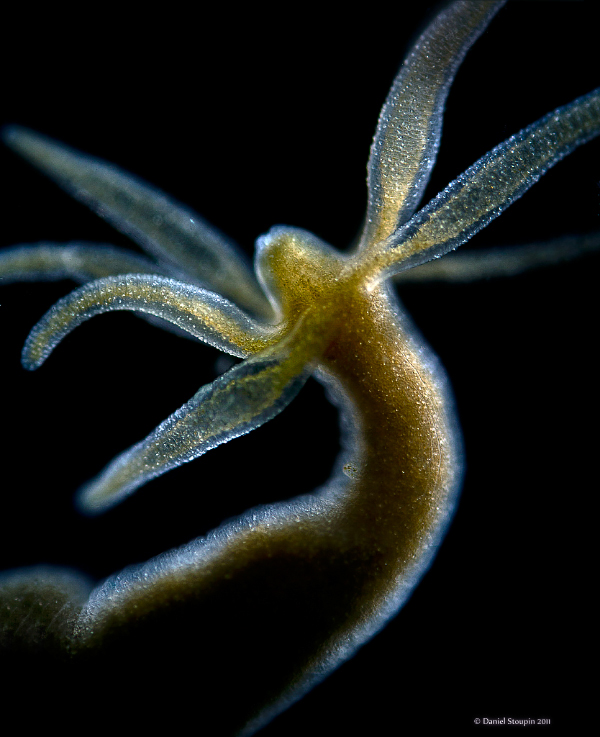
A hydra (freshwater cnidarian). The length of the animal is about 1 cm. A single shot, not a stack.

A hydra (freshwater cnidarian). A single shot, not a stack.
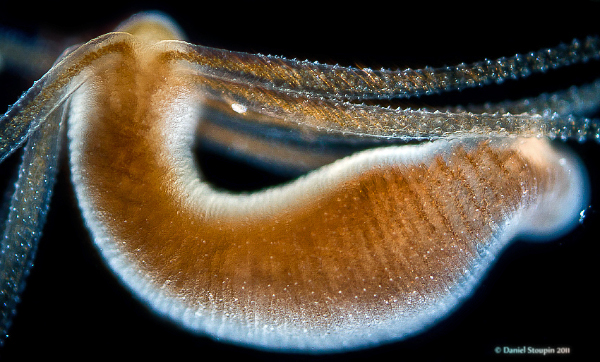
A hydra (freshwater cnidarian). A single shot, not a stack.
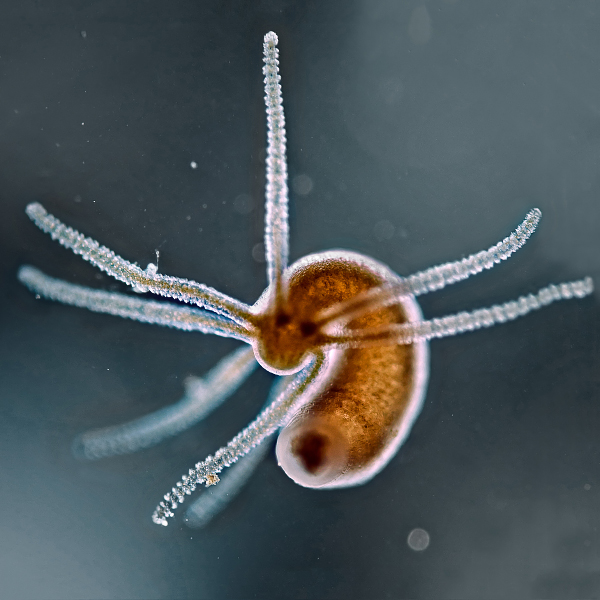
A hydra (freshwater cnidarian). A single shot, not a stack. The background color was desaturated to emphasize the animal, the pattern is natural and is an optical effect caused by the contrasting technique.
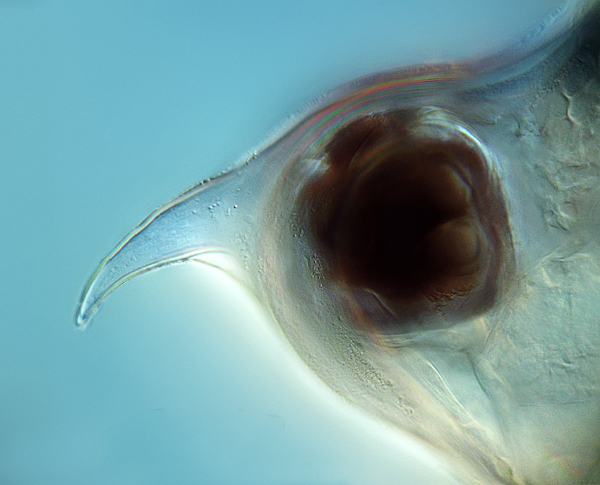
Scapholeberis mucronata, a water flea. Head of the crustacean upside down. The size of the head is roughly 0.05 mm.


